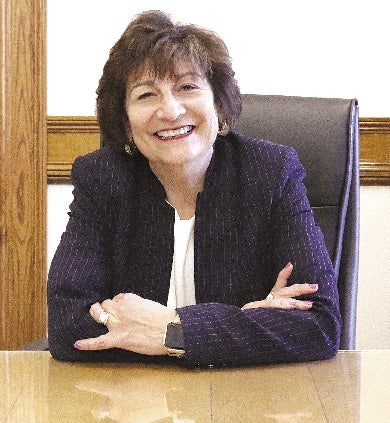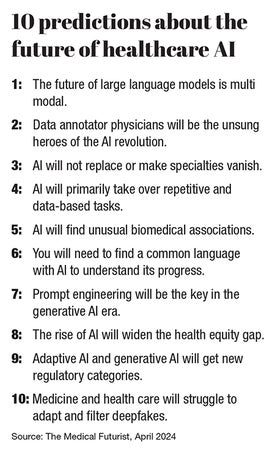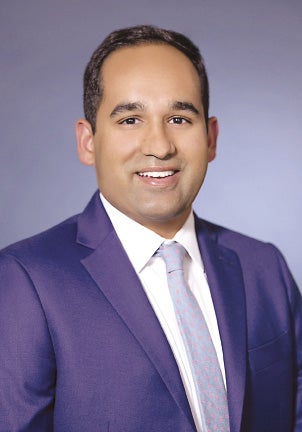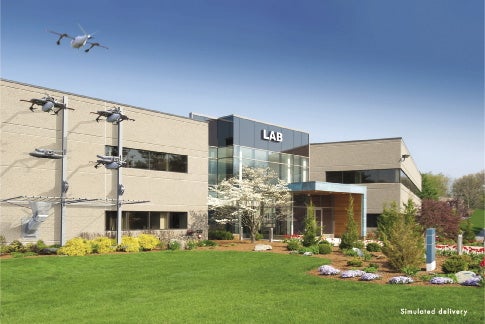The proliferation of artificial intelligence and home health care, and the introduction of delivery drones are just some of the tools expected to change the future of medicine in Central Massachusetts and beyond.
Get Instant Access to This Article
Subscribe to Worcester Business Journal and get immediate access to all of our subscriber-only content and much more.
- Critical Central Massachusetts business news updated daily.
- Immediate access to all subscriber-only content on our website.
- Bi-weekly print or digital editions of our award-winning publication.
- Special bonus issues like the WBJ Book of Lists.
- Exclusive ticket prize draws for our in-person events.
Click here to purchase a paywall bypass link for this article.
The proliferation of artificial intelligence and home health care, and the introduction of delivery drones are just some of the tools expected to change the future of medicine in Central Massachusetts and beyond.
Dr. Matilde “Mattie” Castiel, Worcester commissioner of Health and Human Services, believes that AI is the technological advancement that will impact health care the most.

“AI will guide people into a diagnosis, and what I worry about is that people will just accept the diagnosis,” she said. “We've always been taught in medicine that if somebody does a physical exam and you're next to see that patient you repeat and verify.
“I worry that when you're in a hurry if AI says this is the diagnosis, that people may take the diagnosis as is.”
In addition to cautioning about overreliance on AI, Castiel believes it is important to preserve human contact and provider/patient relationships as technology evolves.
Another tool Castiel would like to see flourish over the coming decade is the recently launched Worcester Integrated Health Data Exchange, a first-of-its-kind collaboration with UMass Chan Medical School focused on collecting local data to reduce healthcare inequities.
During the pandemic COVID-19 testing numbers were shared between hospitals allowing them to see which neighborhoods were the least vaccinated. This allowed the city’s Public Health Department to bring resources into targeted areas.

“I look forward to the future of that collaboration,” Castiel said. “That we all work together in the same way, and then we don't have to have a pandemic to do that.”
Dr. Apurv Soni is co-director of the Program in Digital Medicine at UMass Chan and part of the new Health AI Assurance Laboratory. He also serves as senior physician architect for UMass Memorial Health’s Center for Digital Health Solutions.
Soni is excited to see how technology that the public is already using such as ChatGPT, Amazon’s Alexa, and Zoom will be used to bring care to rural areas or patients in the comfort of their homes.
“The last decade has been getting the technologies to really catch up toward what is needed,” he said. “And now the next decade is going to be, how does the workforce catch up with the technology, and how do we use it properly?”
One key advantage of AI is alleviating the burdensome paperwork that often consumes providers’ schedules and adds to burnout. “No one went into this field with a passion for doing all the administrative work which is really a function of how complicated our health system is to get paid,” Soni said.

“So, technology can help with making life easier and by making the workforce more efficient.”
In 2034, providing healthcare at home will be a routine model of care. Wearable sensors, smartwatches, and audio listening devices (Alexa, Google Home) will report worsening symptoms of in-home patients in real time, allowing healthcare teams to make life-saving decisions.
A medical team could be dispatched to the home or a telehealth call could be made. This would save patients stress and time while expanding accessibility. These models are being researched and are expected to become a solution for overcrowded hospitals.
Another innovation that might have sounded like science fiction not long ago is the use of drones for medication delivery. The Cleveland Clinic announced plans to begin delivering specialty prescriptions across Northeast Ohio as early as 2025.
“Drone technology is rapidly advancing, and so it is not unfathomable that this is a reality in 2034. I will add, however, that areas where this is needed more urgently are more rural and remote regions,” Soni said.

